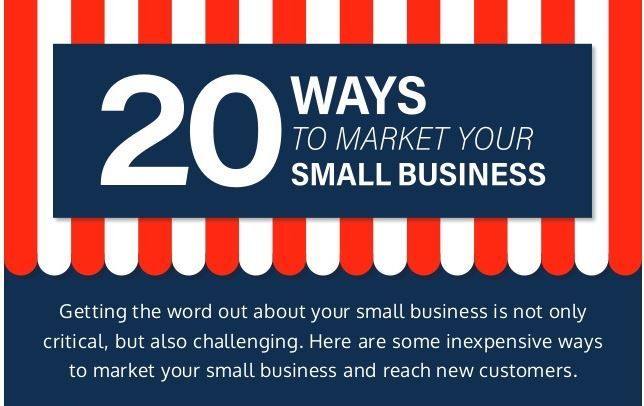Table of Contents
Brand awareness is the holy grail of digital marketing. At first glance, this concept seems simple: How well does your target audience recognize your brand? Dig deeper, though, and you’ll realize that building and measuring awareness can be surprisingly complicated.
Simply put, the more frequently consumers interact with your brand, the more likely they are to ultimately invest in your products or services. The tricky part is ensuring that they have enough exposure — and that this convinces them to take action.
Why Measure Brand Awareness?
It takes considerable time and exposure to build brand awareness, but this process can be expedited. First, you need parameters for measuring current awareness and determining how much you want your reach to grow.
If you don’t know where you stand at the moment, you’re unlikely to make any discernible progress. You could quickly find yourself wasting valuable marketing resources on an ill-defined initiative that ultimately doesn’t pan out.
Important Brand Awareness Metrics
Brand awareness metrics help you determine your impact across numerous channels and touchpoints. These let you know whether your target audience is familiar with your brand, and whether that familiarity is likely to prompt action.
No one metric will prove equally useful for every brand or campaign. A lot depends on how you plan to build awareness: your platform, content, and audience will all have a huge impact.
Set an overarching goal before you hone in on specifics; this will help you determine which metrics are most relevant to your current campaign.
Not sure where to start? Several key metrics are described in detail below, along with opportunities for turning these insights into results.
Brand Impressions
As the cornerstone of any awareness-building initiative, impressions indicate how often consumers view your digital offerings. These provide a strong starting point because they reveal how often consumers encounter your brand and its message. Higher numbers suggest that potential customers or clients are familiar with your offerings, even if they’re not yet engaging.
Your preferred method for tracking impressions will largely depend on which distribution channels you ultimately select. Google Ads is a popular tool, but you can also gain targeted insights from native advertising platforms.
Search Volume
In an age of social media, the classic search engine still rests at the center of our collective online experience. If target consumers are truly aware of your brand, they’ll search for it by name.
When analytics indicate a high search volume, you can feel confident not only that your target market is aware of your brand, but also that these users have a clear intent to engage or even convert.
A variety of keyword research tools will aid this effort. Google Trends can be a valuable source of insight, but Semrush is preferred for many business functions, especially if you’re new to brand awareness campaigns.
Social Engagement
Few metrics are as easily accessible as social engagement analytics. Likes, shares, and retweets are appealing because they’re so easy to locate and track. They also provide a simple benchmark: More followers indicate better brand awareness.
The only downside? These metrics can promote false confidence; they only reflect how you’re performing in specific digital environments, rather than giving an overarching impression of your campaign’s reach.
Earned Media Value
An active social media presence isn’t necessarily indicative of strong brand awareness. It’s possible that you’ve developed a small but loyal following. What if you want to expand your reach?
Take the next step by determining how often others mention your brand on social media. If these mentions are not sponsored, they qualify as earned media.
By tracking earned media, you can determine not only whether customers are aware of your brand, but also how they feel about it and how willing they are to engage.
While there are multiple ways to measure earned media value, this metric is usually calculated by multiplying the total number of impressions by CPM (cost per thousand impressions). Social monitoring tools make it easy to stay on top of these numbers, which should be tracked monthly or quarterly.
Surveys
It may seem positively old-fashioned, but there’s a lot of value in the traditional survey. This goes beyond pure numbers to produce deeper, more meaningful insights into how your target customers think and behave.
Online survey tools streamline the process of gathering feedback from customers in your target demographic. These typically feature easy-to-adjust templates and should also include tracking tools to help you analyze your results.
Questions should delve not only into how respondents initially learned about your brand, but also how they might describe it, and what would make them more willing to engage in the future. Run these surveys regularly to reveal fluctuations in brand awareness and perception.
Embrace Brand Awareness Metrics
Brand awareness metrics can tell you a lot about your target market — what consumers know about your brand and whether they’re likely to engage. Don’t miss this opportunity to gain valuable insight and boost your marketing ROI.
Author bio: Anna Bella Burjak is Director of Business Development for AdStyle, driving quality content recommendations around the web. She brings years of experience in the company’s advertising industry in direct sales, customer relations and marketing.












